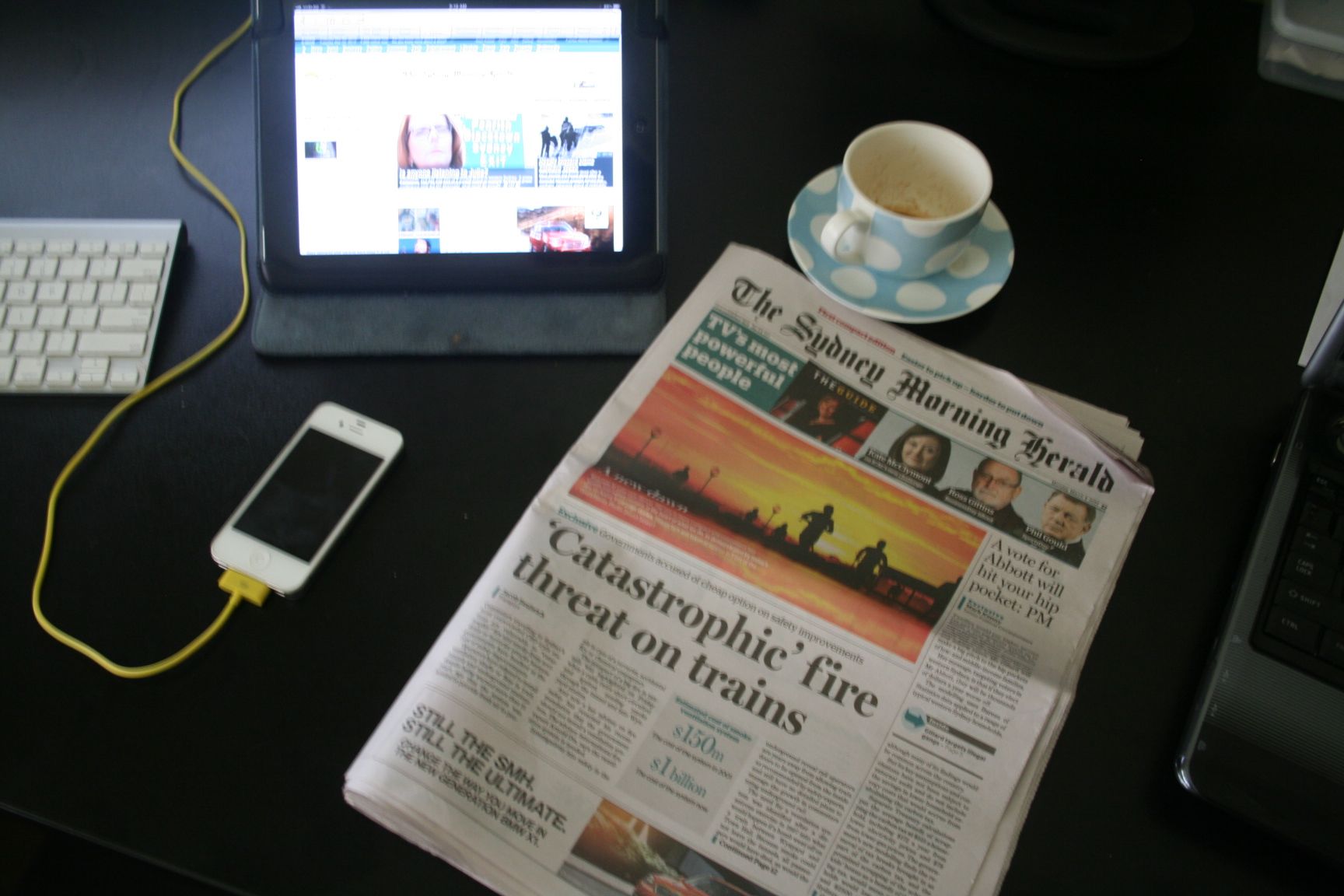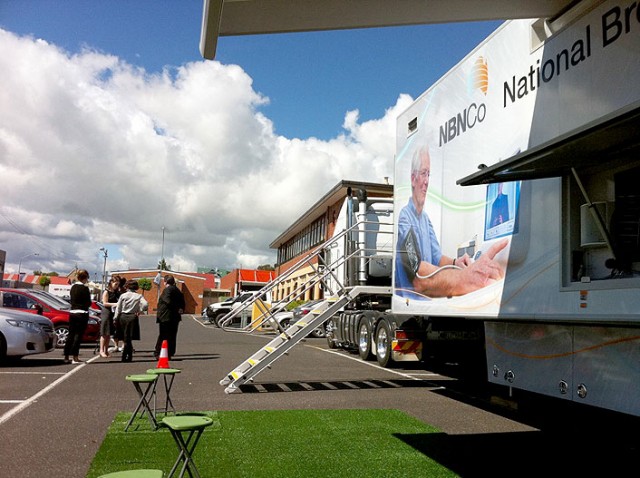The Prime Minister’s courting of bloggers in the run up to the Australian Federal election later this year shows how credibility and relevance are most important assets for any media outlet.
Late last year the Prime Minister invited bloggers to Kirribilli House for lunch then to dinner during her Rooty Hill adventure a few weeks ago.
The press gallery grumbled and wrote patronising articles about North Shore mummy bloggers but failed to recognise the real threat to the established media outlets – these writers are more relevant to people’s lives than the machinations of ‘anonymous political sources’, sports stars or Hollywood celebrities.
Now the Prime Minister is giving one on one exclusive interviews to some of those bloggers, something that will irritate the nation’s political journalists even further.
Old media’s loss of relevance
The press galleries’ problem though is relevance, which lies at the heart of any successful media outlet.
In 1831 when The Sydney Herald’s first edition was published, the front page was made up of advertisements and shipping notices as it was with all newspapers of the time.
That was relevant to the readers, they paid 7d – not an insubstantial amount in 1831 – to find out the latest in shipping movements, real estate sales and livestock prices which were essential to life and business in the colony.
It wasn’t until 1944 that the now Sydney Morning Herald moved news to the front page, the London Times held out until 1966. What was now relevant to readers were photos and wire stories from around the world.
Papers continued to do well despite the introduction of radio in the 1930s and TV in the 1950s because they were continued to be relevant to their readers. If you were looking a job, a house or where to take your mum for her 60th birthday then the local newspaper was the place to look.
The shift to sensationalism
In the 1980s all the media – newspapers, TV and radio stations – started a shift to sensationalism and infotainment and steadily all became less relevant to the populations they served.
At the time media outlets got away with it as there was no-where else for people to get news. If you didn’t like stories about Princess Di’s wedding dress then you had to curl up in the corner with a good book.
Then the web came along.
All of a sudden engaged readers could get relevant information from all over the world.
With social media and blogs, reporting Kim Kardishian’s latest wardrobe malfunction raised a ‘so what’ from an audience that learned about it two days ago on TMZ, the Huffington Post or Facebook.
Making matters much, much worse were the advertising rivers of gold moved to specialist websites and Google.
Newspaper executives found their revenues were evaporating and they worked their way deeper into the quicksand by cutting costs in the areas where their editorial strengths lay, making them even less relevant to the readerships they want to serve.
Relevant lifestyles
Today the mummy bloggers – along with the food bloggers, travel bloggers and political bloggers – are attracting audiences with relevant, useful content that the audience can engage with.
Last week’s embarrassing circus in Canberra was an example of how irrelevant the media, and much of politics, has become to the average Australian.
Indeed it’s interesting to contrast the self important Canberra press gallery pushing non-stories while fawning over their discredited ‘anonymous party sources’ with the genuinely questioning tone of the some of the bloggers.
So the mainstream, established media can kiss the mummy bloggers’ backsides; if they can’t find relevance in today’s society then they may as well shut up shop.
For politicians relevance is important too – political parties that pitch themselves to 19th Century class struggles or 1980s corporatist ideologies are as irrelevant to today’s society as the Soviet Communist Party.
It would serve the Prime Minister and her staff well to listen closely to what the mummy bloggers and their readers are saying.








